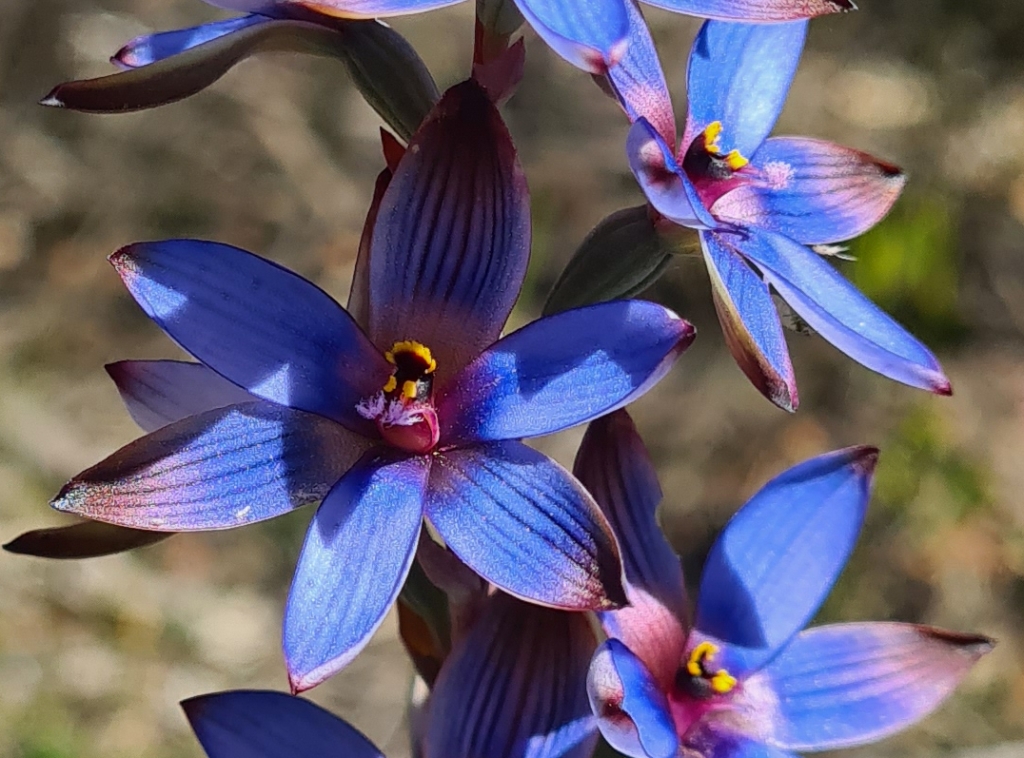Our one week’s holiday is upon us, and we had planned a trip to Albany, however plans do change and so we are actually heading up to Perth first, to see the Lightscape Show in Kings Park.
Today we make our way to Pingelly, where we have booked a room in the newly re-opened Exchange Tavern. We will of course make a few stops to check for orchids. the first stop being in the Dragon Rocks Nature Reserve. Our plan here was to check some previously found orchids to see if we have timed their flowering. Unfortunately, we were a tad early, plus it was a very overcast day, so no sunshine to encourage the orchids to open. From the leaf structure and the spotted markings to the buds we believe them to be the Eastern Queen of Sheba (Thelymitra speciosa) which flowers from late June to September, over a range from the Stirling Range to Condingup.
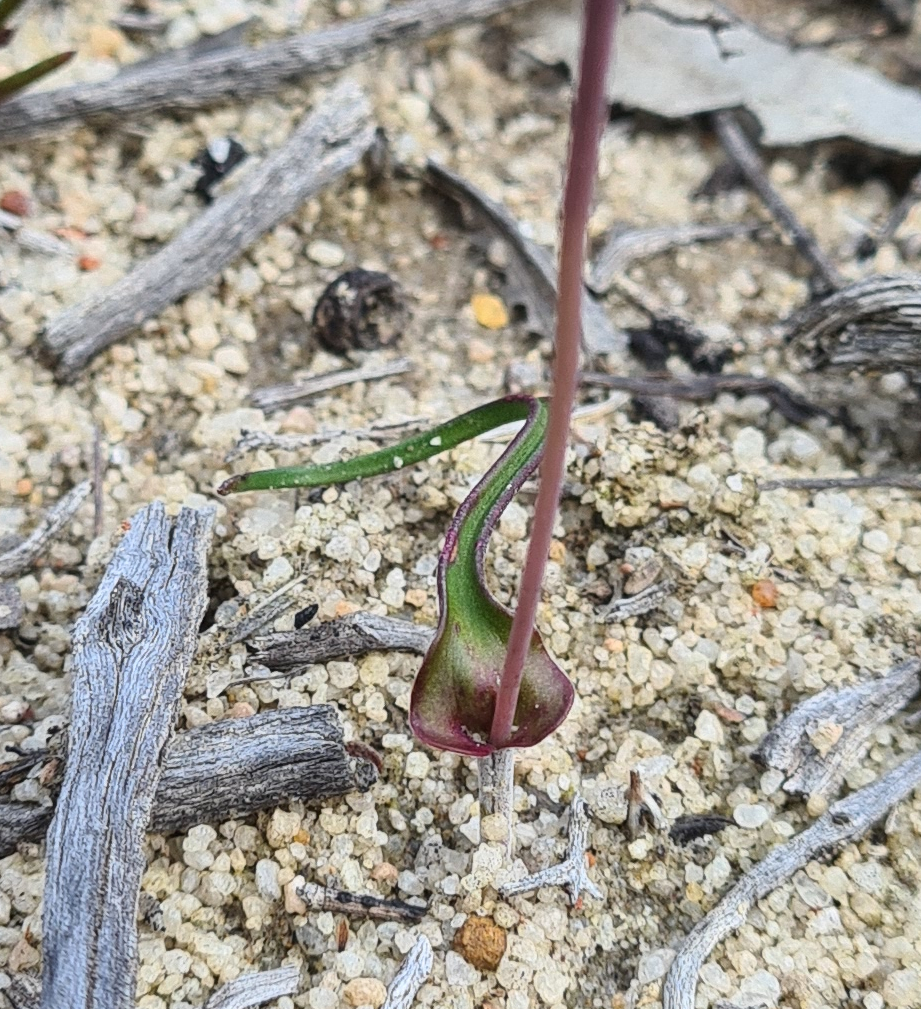


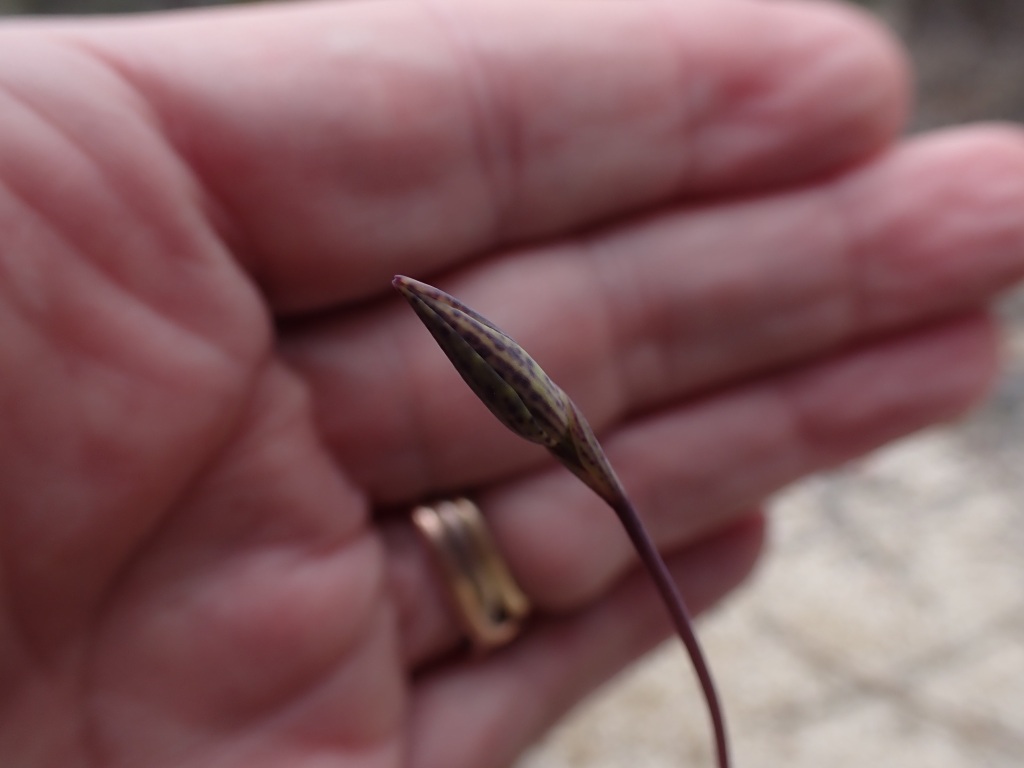

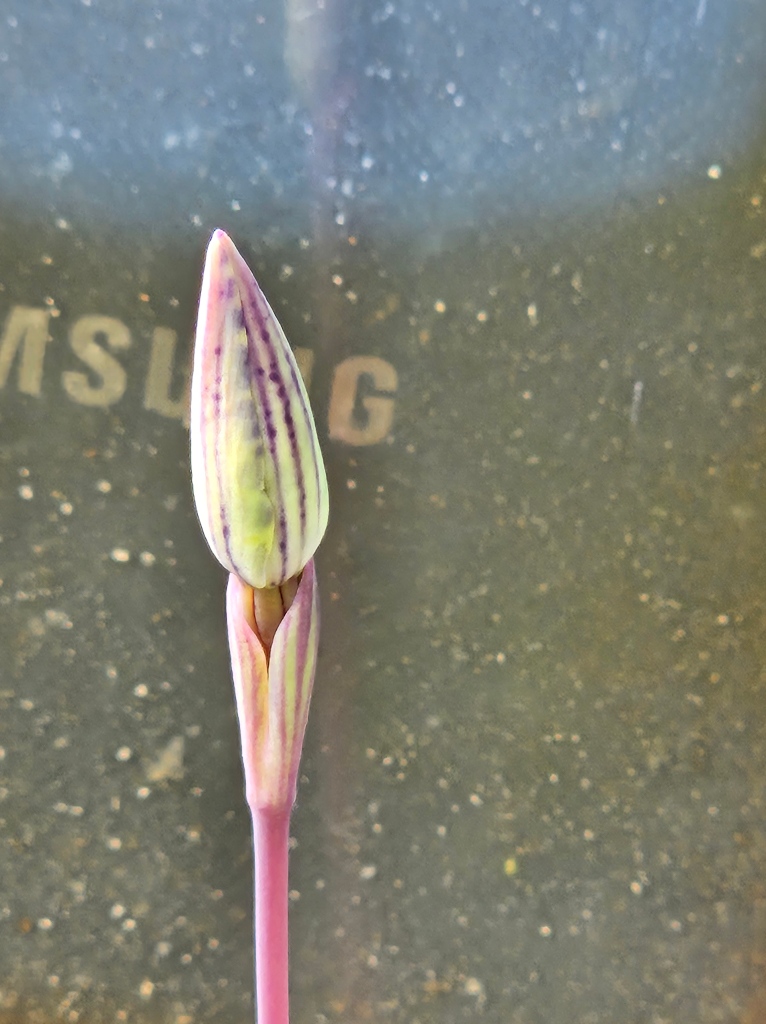
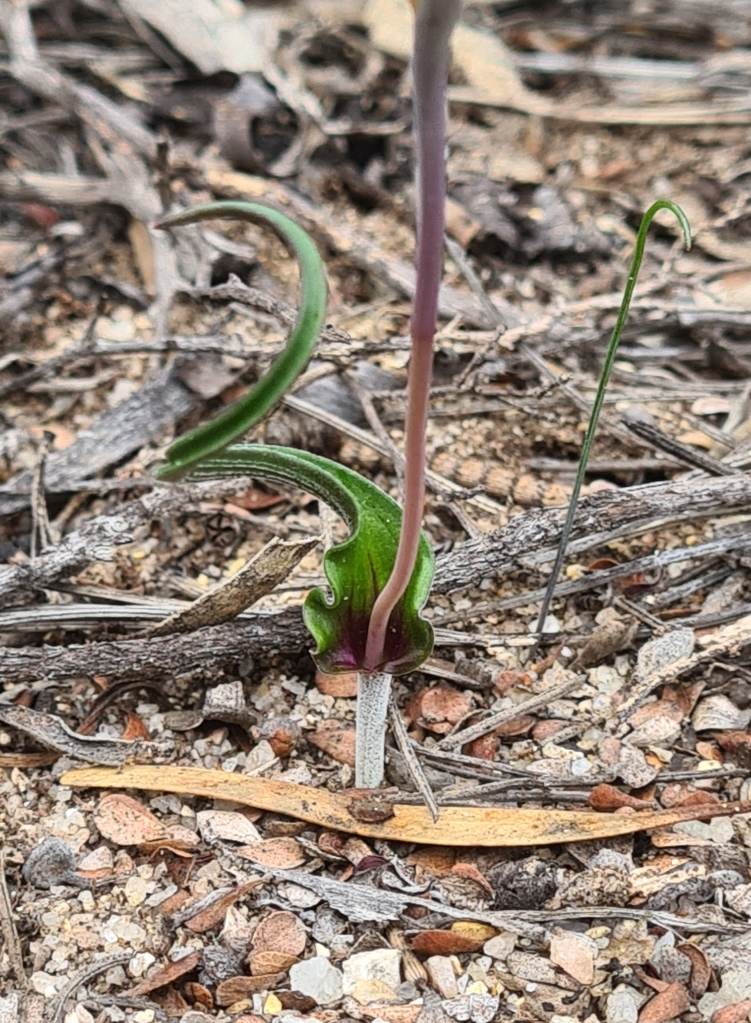

We also found some Hare orchids (Leporella fimbriata) still flowering and a few past their prime greenhoods. They are most likely some Mallee banded greenhoods (Pterostylis arbuscula) due to their small stature.
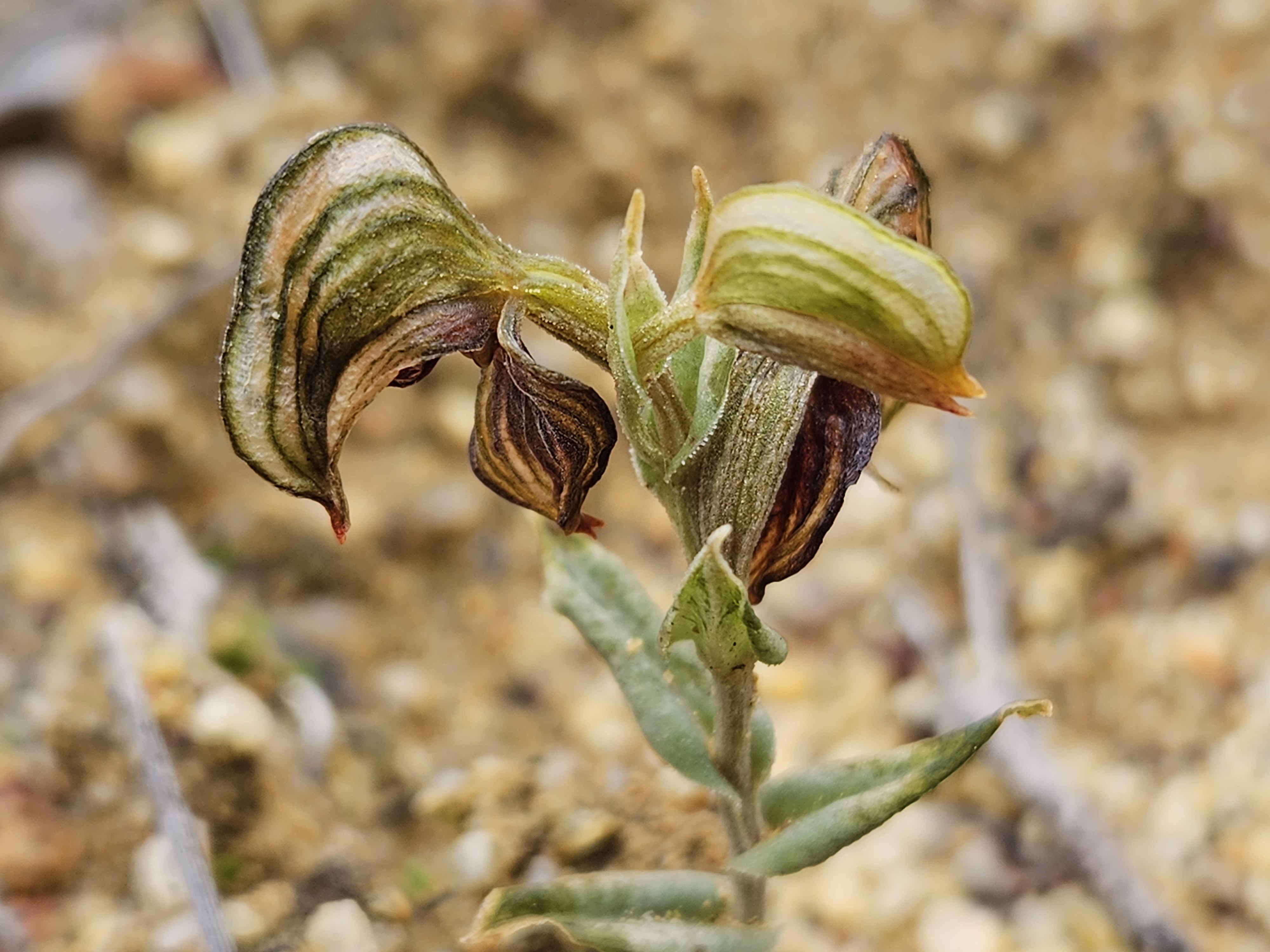

Time is getting away, so we move onward. We head west and make our next stop near the Pingaring Nature Reserve. We make our way up the track to the granite rock which is another one which is used as a water catchment. It was a nice walk however the only orchids found were some Hairy-stemmed snail orchids (Pterostylis setulosa) which is a common inland species. Still a new species for the day so not disappointed. This may prove a great location for later in the season.


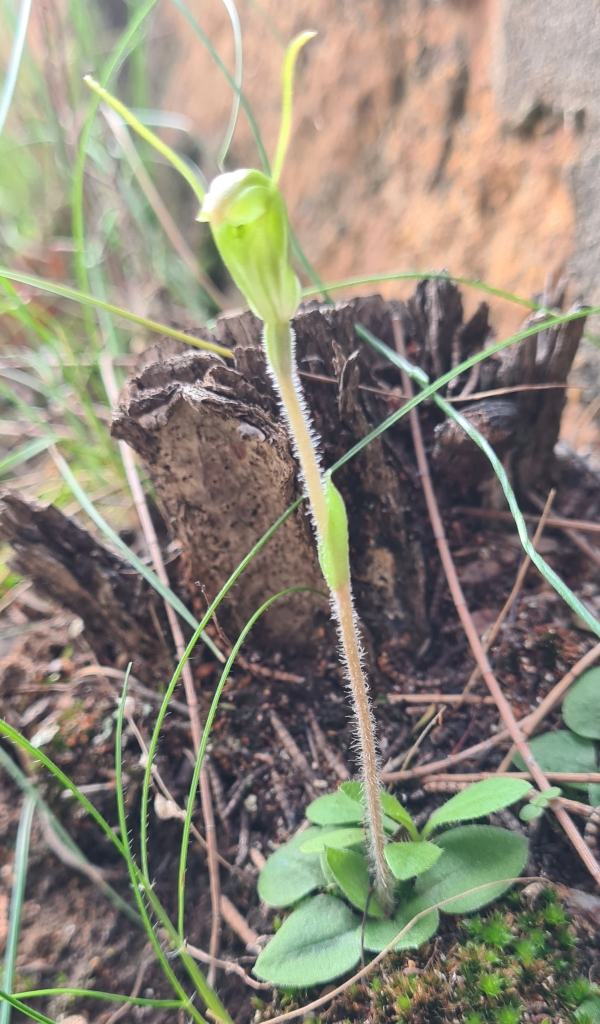
Nearly 2pm so again we move on. Still heading west, we decide to check out Jilakin Rock, which we have planned to do many times before but have never had the time. We pull into the bay on the roadside and as usual it looks pretty rundown and weedy, which has put us off before. This time though using Google Maps we note a track that heads around the rock nearer the lake. Here we come across an abandoned gravel/sand pit area, so we pull up and go exploring. First orchid found is another Hairy-stemmed snail orchid, with more of them found further afield as well.
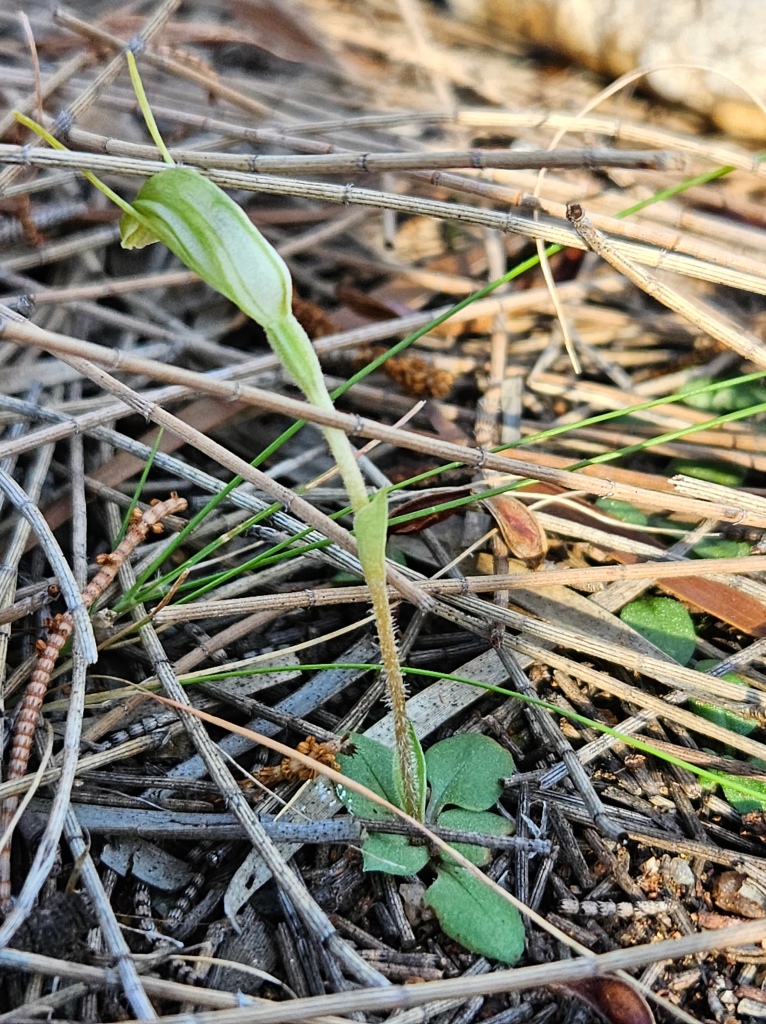

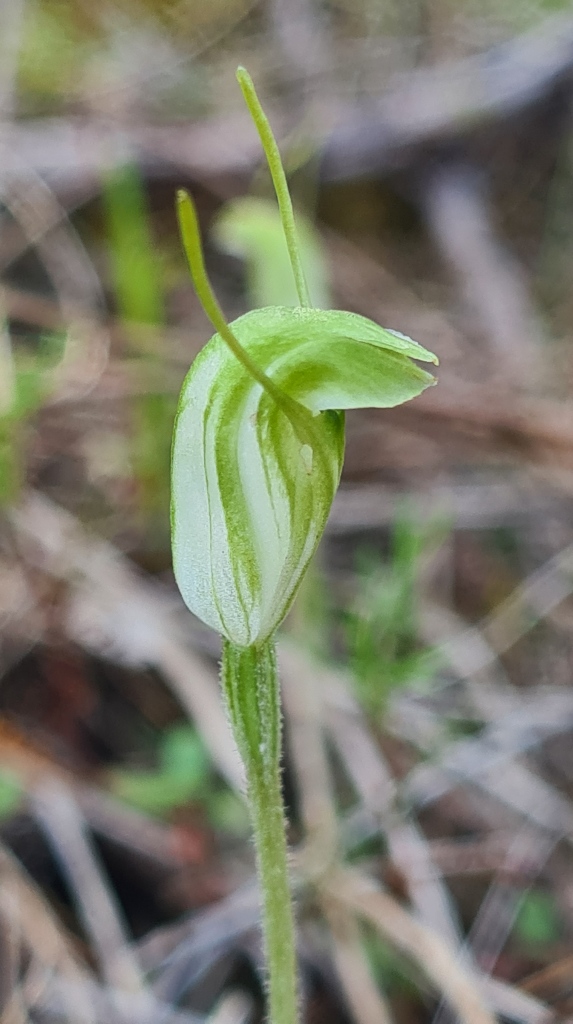
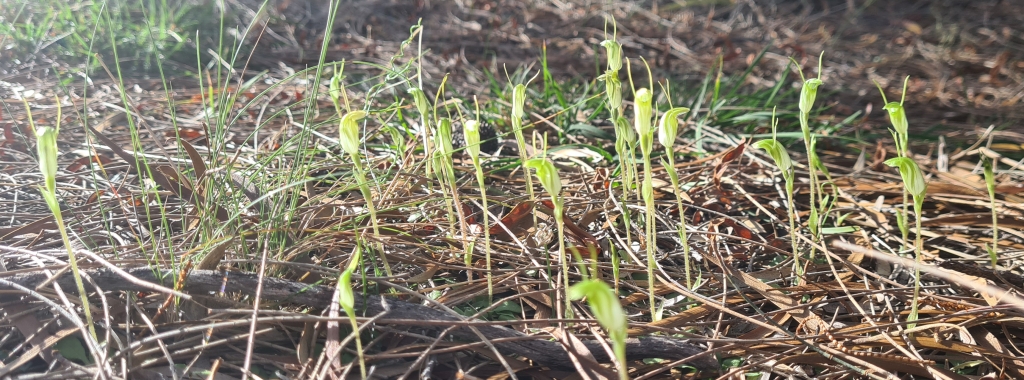
This location though turns up more than just snail orchids. We find many Blue beard (Pheladenia deformis) flowering all over the location. These bright orchids are always a pleasure to find, as they always provide the chance of finding a white variety. No such luck this time though. Their season is from late May to October, and they range from the Murchison to Israelite Bay. They are also referred to as the Blue fairy orchid by some references.



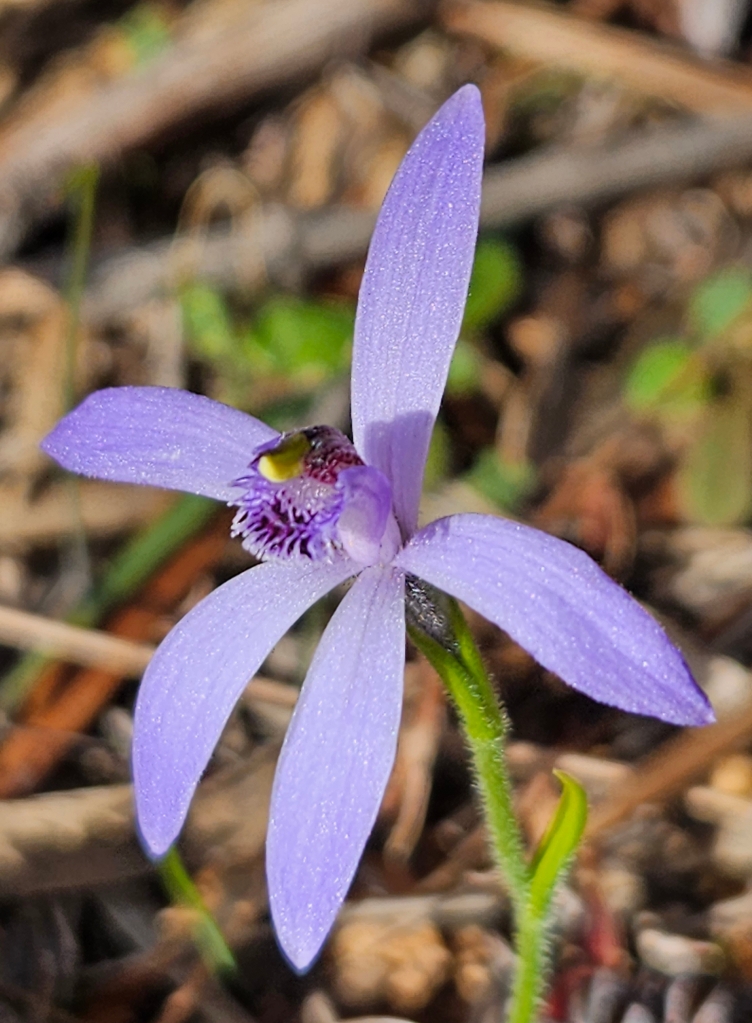
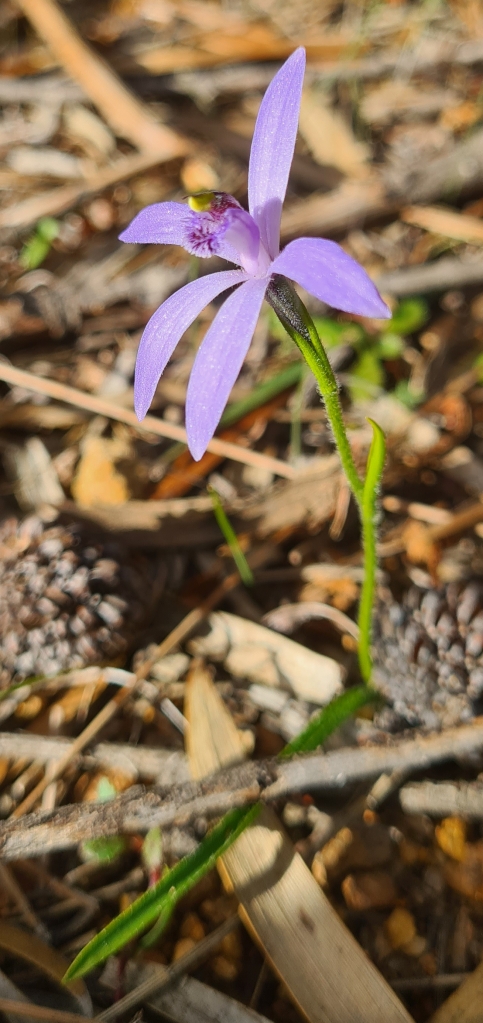
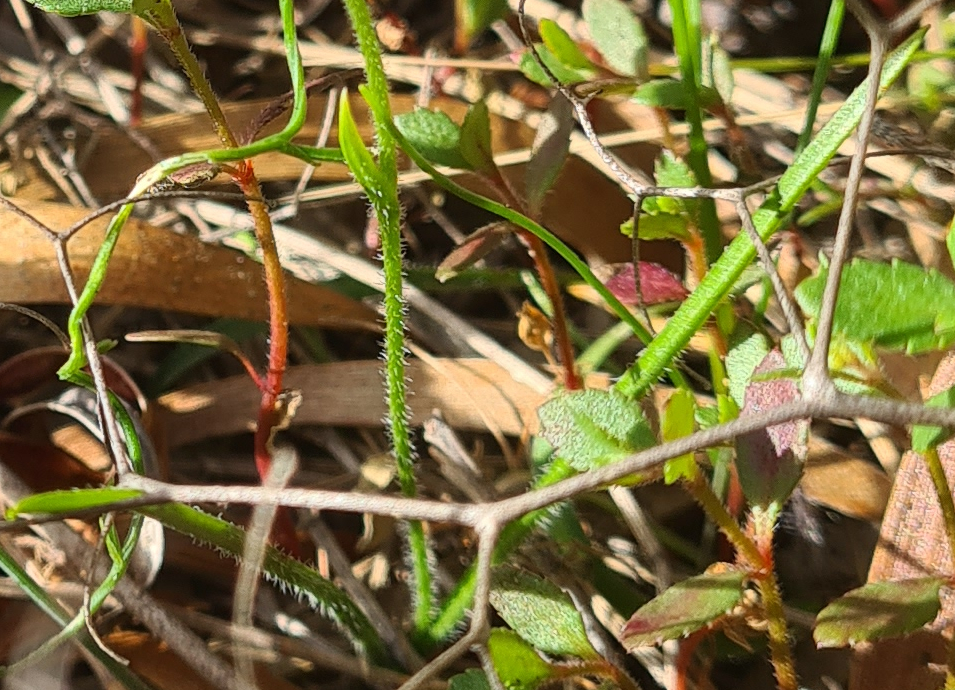
Now for the hard part. Trying to identify the many wispy type of spider orchids found. Using the ‘Explore Your Area” function of Atlas of Living Australia website there are a few possibilities which does help to narrow it down. First up is the Chameleon orchid (Caladenia dimidia) which is a variably coloured orchid found flowering from July to early October, between Paynes Find and Scaddan.



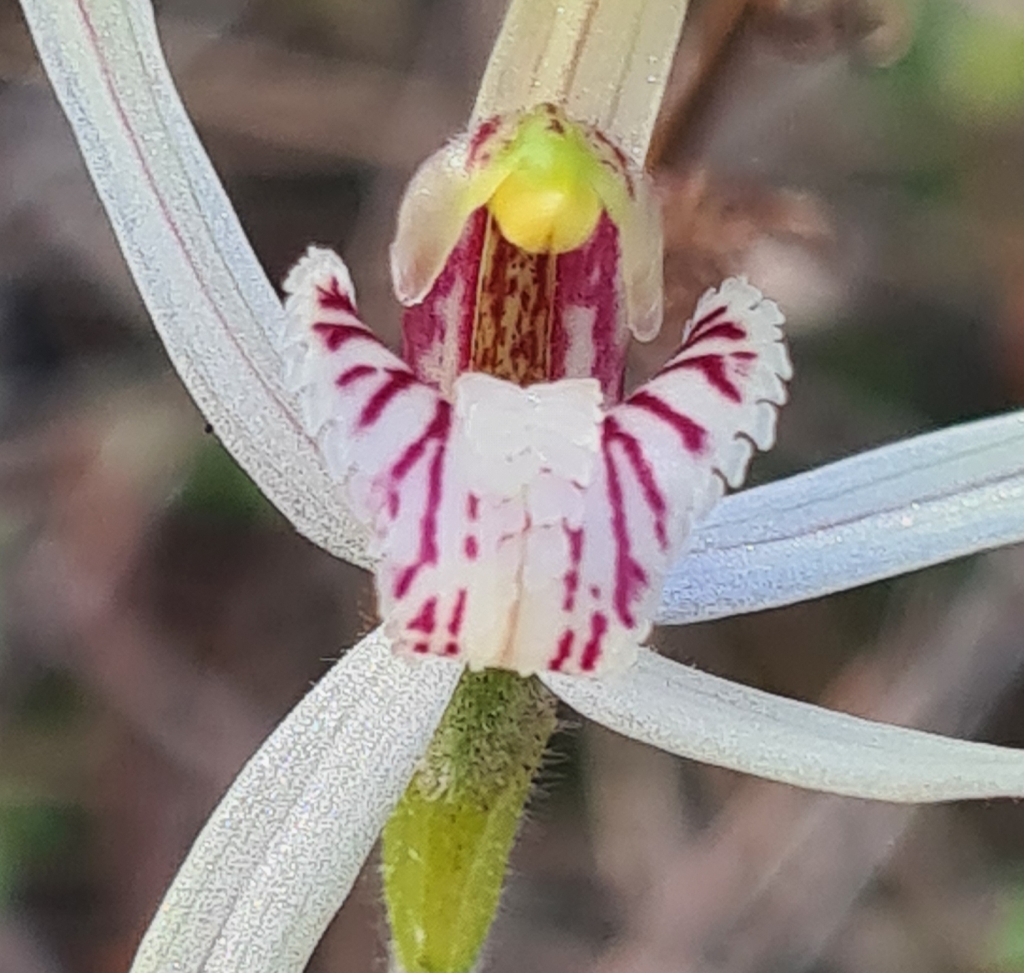

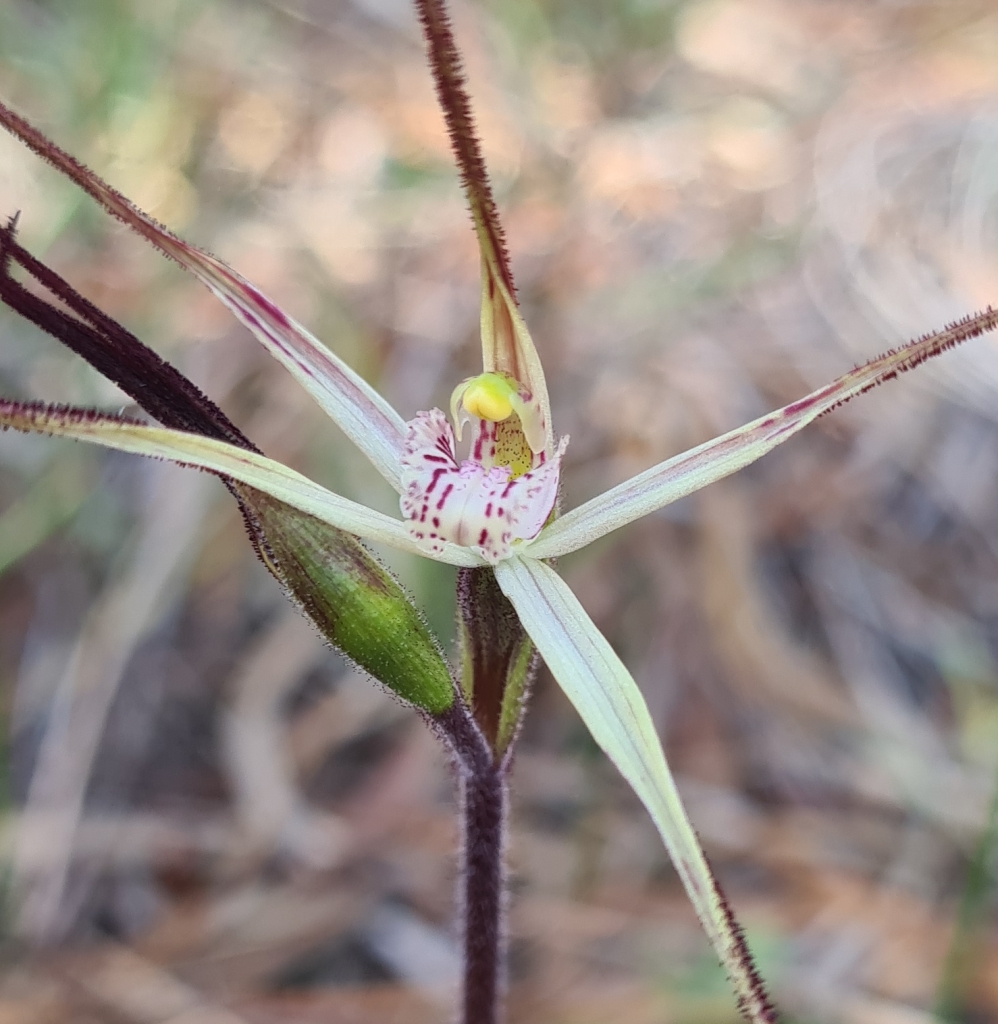

Just thought I would post a video to show how the wind makes getting great photos of these small spider orchid very difficult.
Other orchids do not seem to fit the descriptions in my references so I will post some pics of them and please let me know your thoughts on the identification.


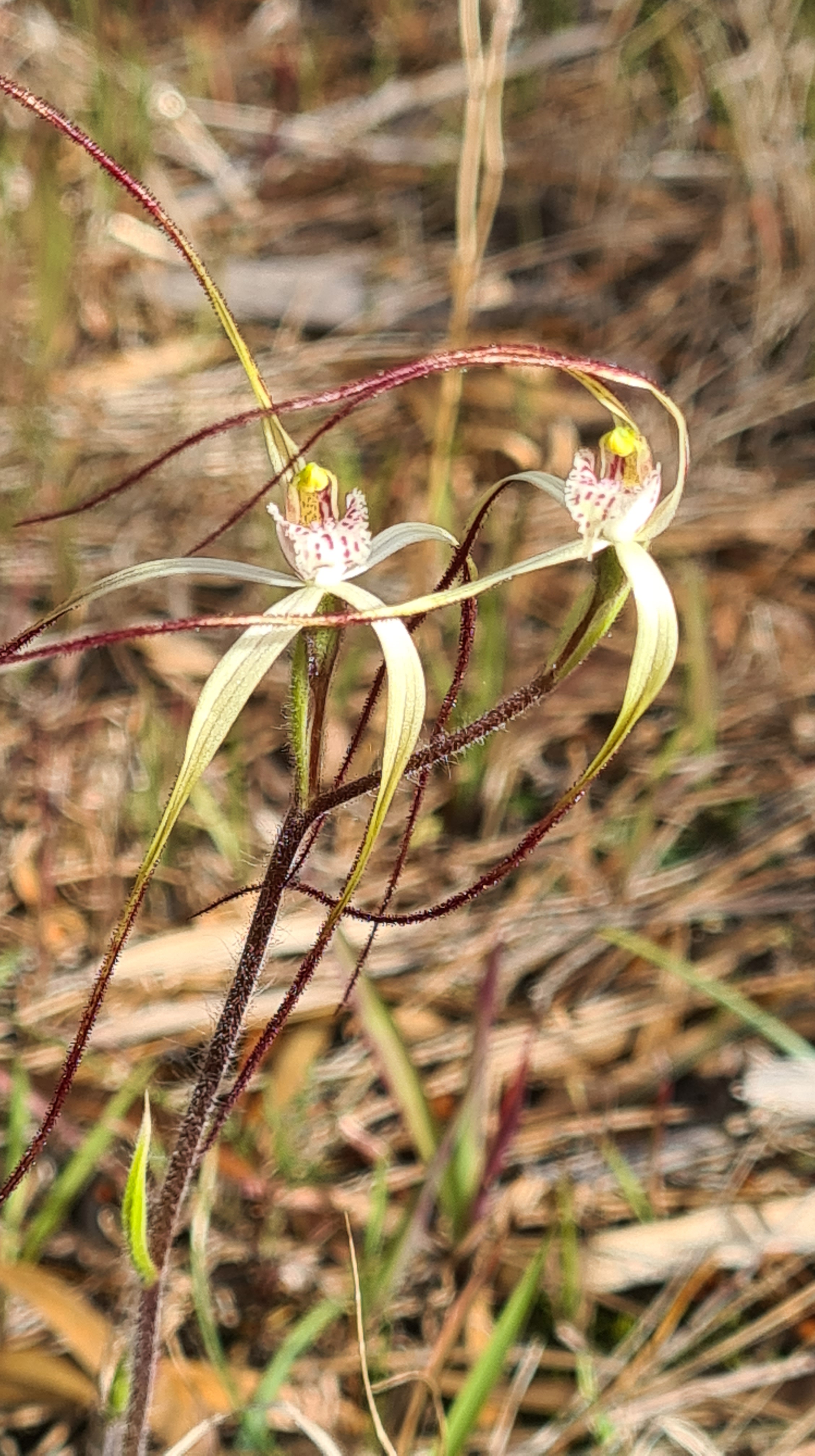
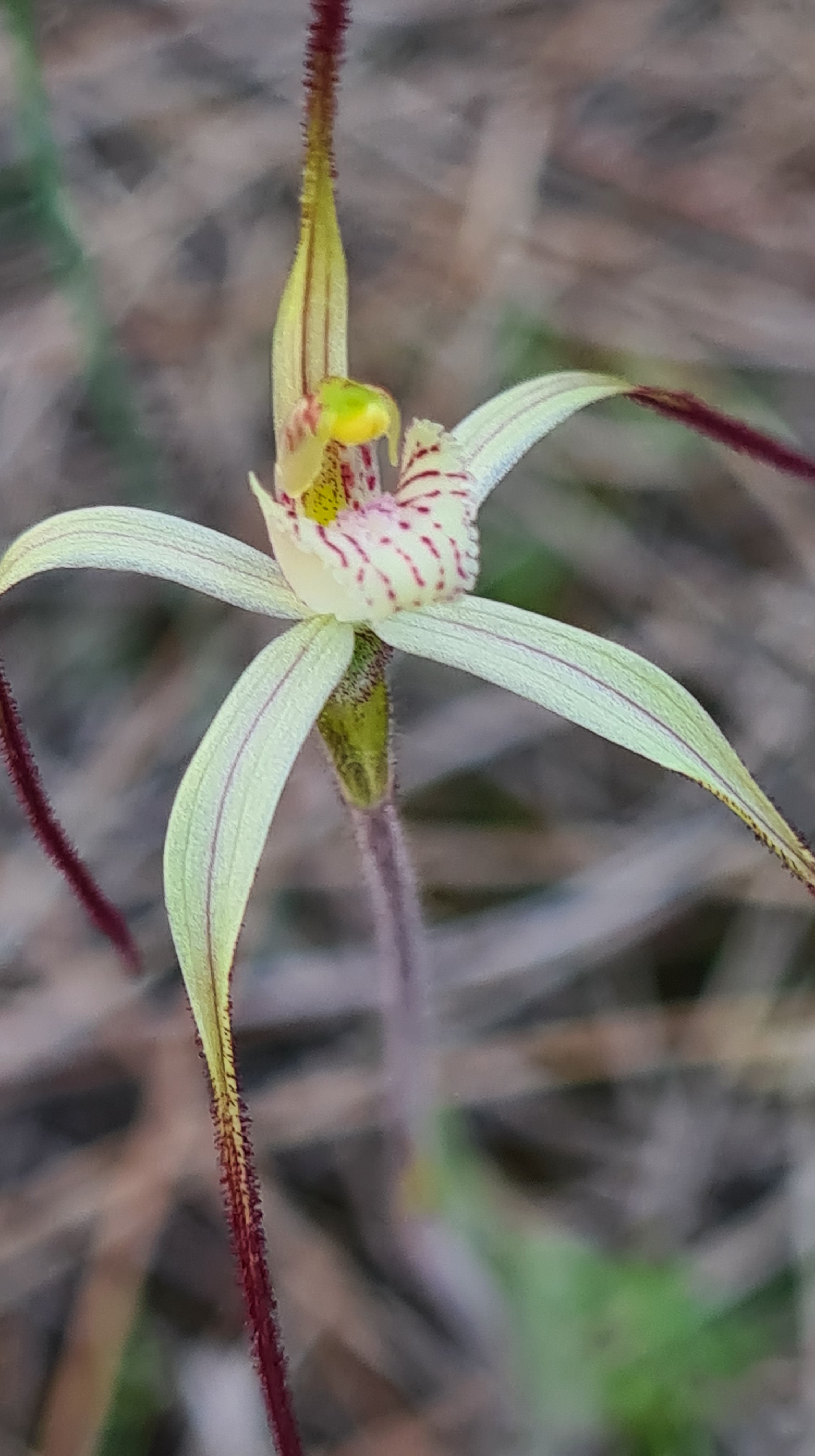

Just after 3pm so we move on as we need to get to Pingelly for our planned overnight stop at the Exchange Tavern. We enjoy a wonderful pub meal, play video games on a sit-down console in the TV room and settle in for a comfortable night’s sleep. A great finish to our first day.




























































































































